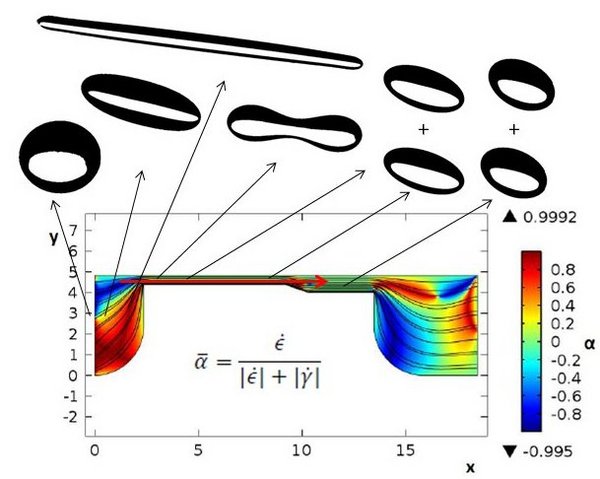
Content
During the design of a product not only the material properties and process conditions should be taken into account but also the interactions between both. In this course, a framework will be developed that allows the student to identify the relevant terms in balance and constitutive equations. In addition, the basic concepts of rheology, the subject that deals with the quantification of material behavior as a function of deformation, will be introduced. An overview will be given of the most prevalent measurement devices and analysis techniques that allow to determine the characteristic parameters in the constitutive equations, with a main emphasis on polymer melts. Most processing operations involve multiple components rather than simple single phase fluids. Hence, the basis of distributive and dispersive mixing will be discussed in which interfaces are either passive or active. Finally, the developed framework will be illustrated by means of applications such as polymer and food processing. A further coupling between theory and application will be provided by means of two numerical assignments.
Learning objectives
- Identify the relevant terms in balance equations
- Identify the relevant terms in constitutive equations
- Acquire a basic knowledge of rheometry
- Describe dispersive (active interface) and distributive (passive interface) mixing
- Acquire a basic knowledge of polymer processing operations
- Apply the obtained knowledge to the flow and processing of polymers and food
Contact
-
Adriana van der BergStefan van der BergKuijperspad1619KB Stein
-
bc. Selina van Duyvenvoorde Bdr.h.c. Catharina Akin MAAbdisteeg2245VZ Stegeren
-
Olaf Le Bscing. Nienke VinkJanssenring1141RP Beegden